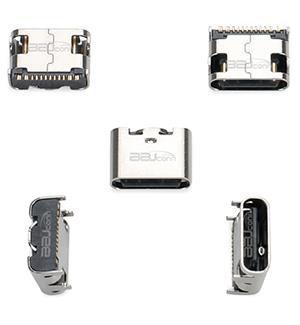With the fierce competition of major mobile phone manufacturers, in terms of mobile phone interfaces, TYPE-C manufacturers have obviously become the standard configuration and are deeply loved by users. However, many users only know that the Type-c interface can be plugged and unplugged for charging at will. Type-C Can provide faster charging speed, but this is only applicable to type-C compliant with USB3.1. USB3.1 supports USBpd (power delivery) power supply standard. The power can reach 100 watts, and the charging speed is greatly improved. But for USB2.0 The standard type-C interface mobile phone does not support real fast charging. But I don't know that it has many hidden operations and powerful functions.

The advantages of TYPE-C manufacturers' interfaces are as follows
1, insert
It is a well-known advantage on both sides. The oval interface design of Type-c allows everyone to get rid of the embarrassment that the MicroUSB ladder interface cannot be inserted in the past.
2. The socket is lighter and thinner
The size of the Type-C interface socket end is about 8.3mm2.5mm ultra-thin design, more portable.
3, two-way charging
The Type-C interface supports the USBPD protocol (that is, the power transfer protocol), which can achieve higher voltage and current up to 100 watts, and the power direction can be changed freely. So Type-C can realize fast charging and bidirectional charging. For example, users can not only Use your laptop to charge your mobile device, you can also use other devices or power banks to charge your laptop.
4. Faster charging and transfer
The large data transmission speed reaches 10Gbit\/sec, which is also the standard of USB3.1. It supports the USB-PD power supply standard, and the power supply can reach 100 watts. Both the transmission speed and the charging speed have been greatly improved.
5, non-USB signal transmission
The interface of TYPE-C manufacturers supports a variety of OEM product customization forms to expand device functions. The redistribution of signals is achieved through negotiation on the CC channel. The interface can enter two forms, peripheral form and alternative form. To enter the peripheral form, the CC channel will perform a simple logic test to confirm which peripheral form is required. To enter the alternate form, the CC channel will communicate bi-directionally using Biphase Marking Code (BMC) to properly set up the link. During this negotiation process, 2-terminal devices need to negotiate a redistribution of the signals before any changes can be made. All USB Type-C interfaces are required to be used in a non-alternative or non-peripheral form as a USB-compatible interface.
